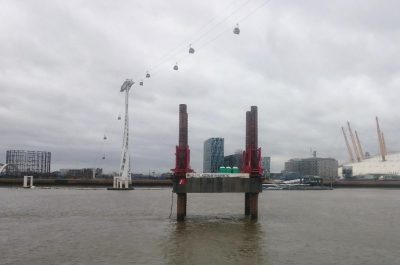

Mobilising six of our rotary percussive rigs to site, Soil Engineering first installed a series of gas monitoring wells, allowing gas levels within the worked seam to be observed throughout works. The site was then drilled on a 3.5m spaced grid, with over 2300 holes being formed (over 40,000 linear metres of drilling). Temporary plastic casings were installed to ensure holes remained open for grout injection.
Grout Mixing Plant was mobilised from our nearby Plant Yard early in the programme to install perimeter grout, followed by bulk infill grouting using a PFA-Cement mix. Having injected nearly 4000 tonnes of material into the seam, a programme of proof drilling and pressure testing was completed across the site for treatment verification
The project presented key challenges for stakeholder management, above the usual considerations of noise and traffic volumes. The presence (on the perimeter of the site) of an active Hospital meant that the shared access route had to be kept clear at all times. Meanwhile, active bat roosts in neighbouring trees required not only a detailed permit system, but significant angle drilling to ensure proper treatment was achieved to the perimeter of the area.